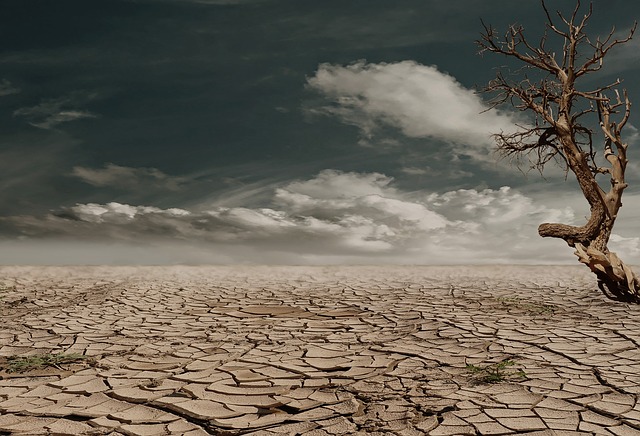(By Whitney Webb of TrueActivist.com) Rainfall deficit and unusually high temperatures are causing serious food shortages in Kenya, causing widespread difficulties for a majority of its citizens and fomenting local unrest. The impending drought was announced in 2014 by the Kenyan Government. Moderate to severe food insecurity have more than doubled since 2015, affecting an estimated 2.7 million people. Kenyan’s normally long rain season, from March to May, has been abysmal for the past few years, with the situation having been greatly exacerbated by jumps in food prices. This is set to be the 12th drought in Kenya since 1975, according to government statistics. President Uhuru Kenyatta has asked for “local and international partners to come in and support the government’s efforts to contain the situation”.
Traditionally arid and semi-arid landscapes, such as those found throughout Africa, are being hit especially hard by climate change and environmental degradation. Kenya, where agriculture is the largest contributor to gross domestic product and coffee and tea cash crops are vital to the economy, is now becoming dry and unproductive as desertification sets in and vegetation dwindles. According to the National Drought Management Authority, up to 90% of the country’s livestock could perish before April of this year, due to loss of water and pasture. More trees are being cut down than can be planted, and rivers and lakes are withering away and disappearing. The UNCCD (United Nations Convention to Combat Desertification) insists that “addressing land degradation can earn the country four dollars for every one dollar spent in land restoration efforts”.
Last August in the capital city of Nairobi, the UNCCD partnered the Sixth Tokyo International Conference on African Development (TICAD VI) with the purpose of addressing “climate change, deforestation and desertification… loss of natural resources, food insecurity…” It was determined that “the assistance being provided to these regions for fighting desertification is insufficient for surmounting the challenges that the severe conditions pose”. Of the 47 counties in Kenya, 23 are experiencing this extreme land degradation in pastoral and agriculture livelihood zones. “In most of these counties, mothers are feeding their children wild fruits and tubers. They boil them for at least 12 hours, believing that this will remove the poison they carry,” explained agriculturalist and soil conservationist Hilda Mukui in an interview with Inter Press Service. Many schools have been forced to close as children must join their families in the daily search for food and water.
The drought is a serious setback for the country’s Vision 2030, a plan which aims to transform Kenya into “newly industrializing, middle-income country providing a high quality of life to all its citizens by 2030 in a clean and secure environment”. In its Second Medium Term Plan (2013-2017), the Kenyan government plans to address the drought by prioritizing reforestation, investment in irrigation, reducing dependence on rain-fed agriculture and reviving cooperatives and farmers unions. The situation has now been declared a national disaster, “the Government intends to enhance the interventions including doubling of food rations and cash transfers among other measures,” said President Uhuru Kenyatta.
